The Pilea Plant, also known as the Chinese money plant or UFO plant. In this guide, we will provide you with all the tips and information you need to cultivate your Pilea and ensure it thrives in your home. Pilea is a visually appealing houseplant with unique pad-like foliage that is bright green in color. Its playful and quirky appearance makes it a delightful addition to any indoor space.
Appearance of Pilea



This Pilea Plant, has a distinct and visually appealing appearance. Its unique pad-like foliage is bright green in color, adding a vibrant touch to any indoor space. The round and flat leaves of the Pilea resemble flying saucers, which is why it is often referred to as the UFO plant. This playful and quirky form sets it apart from other houseplants, making it a delightful addition to your home.
| Characteristic | Description |
|---|---|
| Common Names | Chinese money plant, UFO plant |
| Foliage | Pad-like, bright green leaves |
| Leaf Shape | Round and flat, resembling flying saucers |
| Playful Form | Quirky appearance that stands out among other houseplants |
This charming appearance makes the Pilea an attractive choice for plant enthusiasts and adds a touch of whimsy to any indoor space. In the next section, we will discuss the light requirements for your Pilea to ensure its healthy growth and development.
Light Requirements for Pilea

Pilea plants require bright, indirect sunlight to thrive and flourish. It’s important to place your Pilea in a spot where it can receive ample natural light, but is protected from direct sunlight. Direct sun exposure can cause the plant’s leaves to scorch and become damaged.
To provide the ideal lighting conditions for your Pilea, consider placing it on a northern-facing window sill or in a location where it can benefit from reflected sunlight. This will ensure that your plant receives the necessary amount of light without the risk of sunburn.
Watering Your Pilea
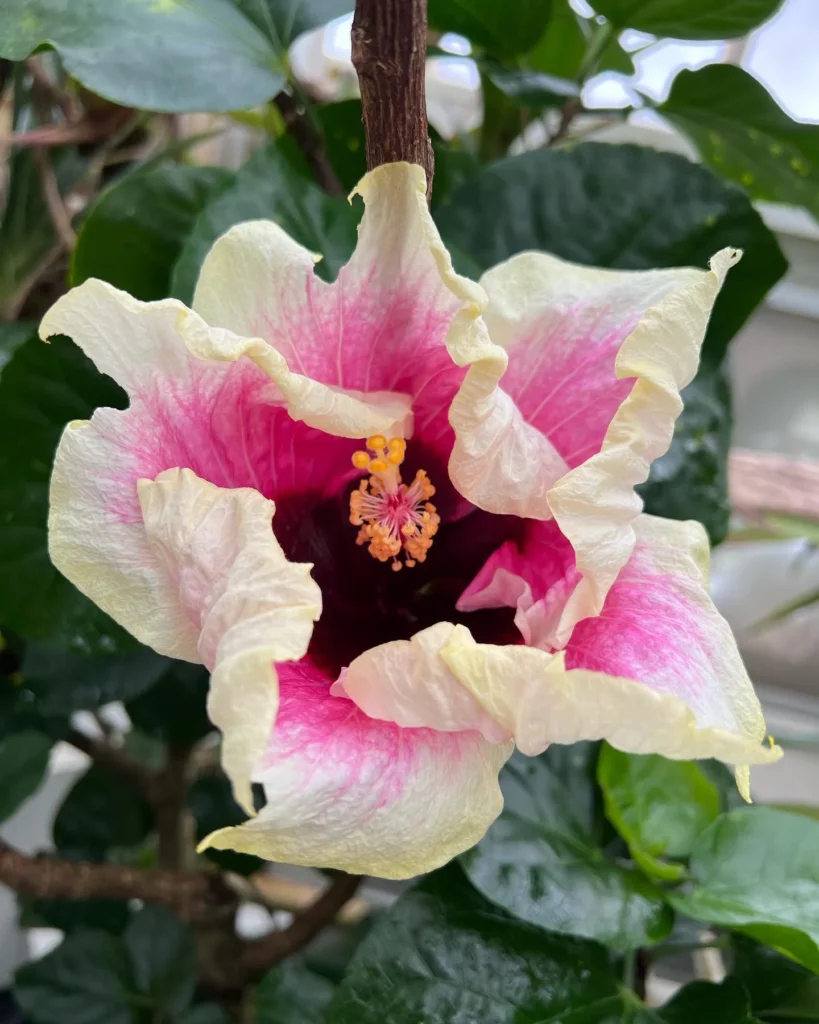
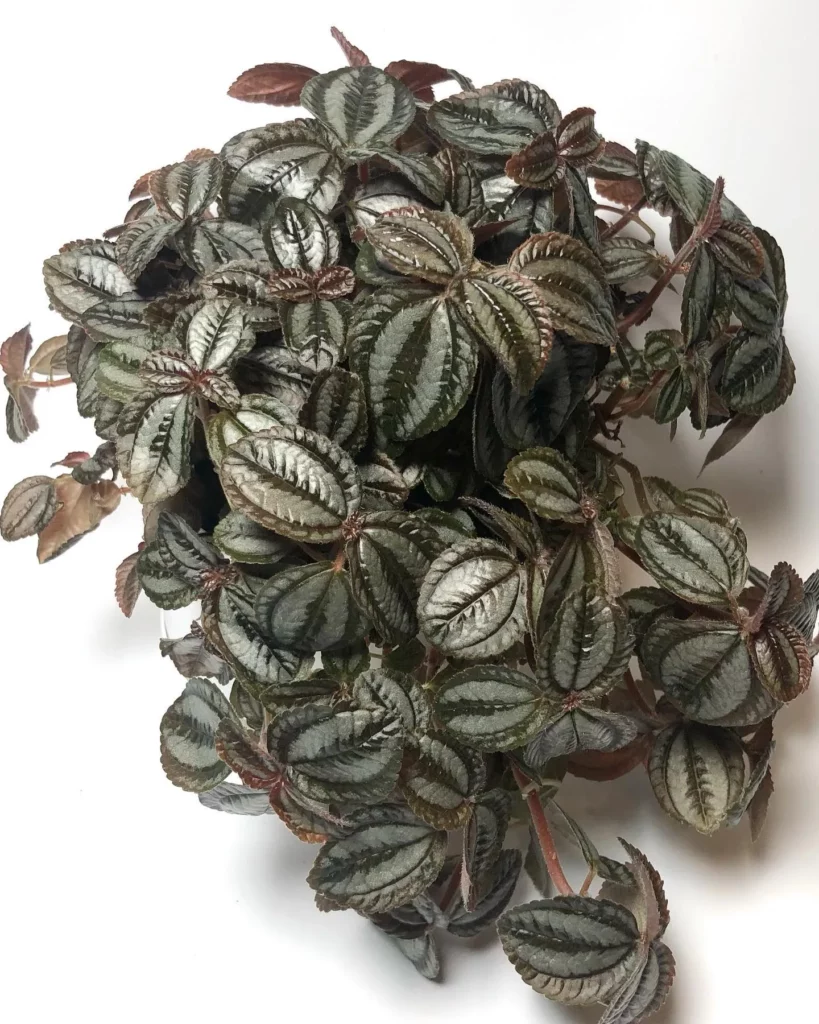

Proper watering is crucial for the health of your Pilea. To prevent overwatering and promote optimal growth, follow these watering guidelines:
No products found.
Determining the Watering Schedule
When it comes to watering your Pilea, it’s important to find the right watering schedule that suits your plant’s needs. Check the moisture level of the soil by inserting your finger about an inch deep. If the top inch of soil feels dry to the touch, it’s time to water your Pilea.
However, ensure that you don’t let the soil become bone dry, as Pilea plants prefer consistently moist soil rather than extreme dryness. Adjust the watering frequency based on the temperature and humidity levels in your home. During hot and dry periods, your Pilea may require more frequent watering, while during cooler months, you may need to reduce the watering frequency.
Preventing Overwatering
Overwatering can be detrimental to the health of your Pilea and can lead to root rot, one of the main causes of plant death. To prevent overwatering and promote proper drainage, use well-draining soil and a pot with drainage holes. This allows excess water to escape, preventing water from sitting at the bottom of the pot and suffocating the roots.
Here are some tips to prevent overwatering:
- Allow the soil to dry out between waterings.
- Do not water your Pilea if the soil is still moist.
- Avoid excessive misting or spraying, as it can contribute to overwatering.
| Signs of Overwatering | Signs of Underwatering |
|---|---|
| – Yellowing and wilting leaves – Mushy or soft roots – Foul smell coming from the soil – Mold or fungus growth | – Drooping leaves – Dry and crispy foliage – Slow growth – Brittle or dry roots |
Fertilizing Your Pilea
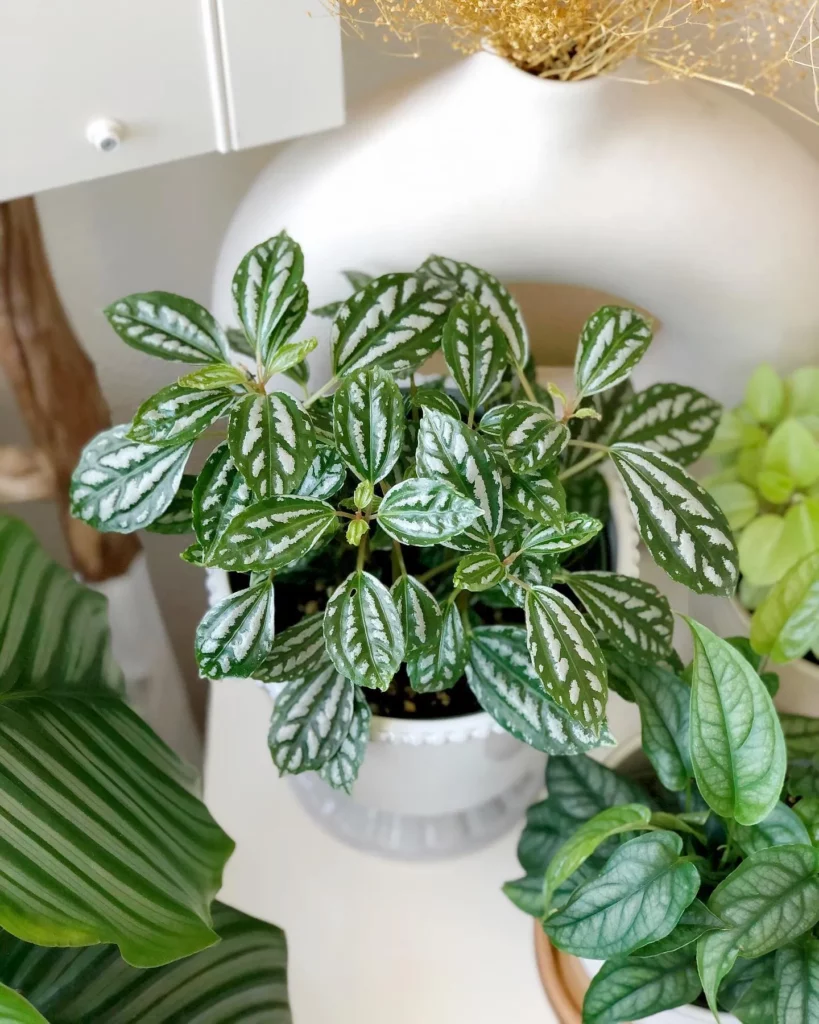
To promote healthy growth and development, it is recommended to fertilize your Pilea during the growing season, which typically occurs in the spring and summer months. Fertilizing your Pilea provides it with the necessary nutrients to thrive and achieve optimal plant growth.
When choosing a fertilizer for your Pilea, opt for an organic houseplant fertilizer to ensure the best results. These types of fertilizers are gentle on your plant and environmentally friendly. Always refer to the instructions on the packaging for dilution ratios and frequency of application to prevent overfertilization.
The fertilizing schedule for your Pilea will vary depending on the brand of fertilizer you choose. In general, it is recommended to fertilize your Pilea once a month during the growing season. This frequency provides a consistent supply of nutrients without overwhelming the plant.
When applying fertilizer to your Pilea, make sure to distribute it evenly across the soil surface. Avoid applying fertilizer directly to the leaves or stems, as this can cause burn damage. Water the plant thoroughly after fertilizing to ensure the nutrients penetrate the soil and reach the roots.
While it may be tempting to fertilize more frequently in hopes of speeding up plant growth, over-fertilizing can be detrimental to your Pilea. Excessive amounts of fertilizer can lead to nutrient toxicity and Salt accumulation in the soil, causing root damage and hindered growth.
Here is an example of a fertilizing schedule for your Pilea during the growing season:
- April: Fertilize with a diluted organic fertilizer
- May: No fertilization
- June: Fertilize with a diluted organic fertilizer
- July: No fertilization
- August: Fertilize with a diluted organic fertilizer
| Benefits of Fertilizing Your Pilea | Caution to Avoid Over-Fertilizing |
|---|---|
|
|
Potting Your Pilea

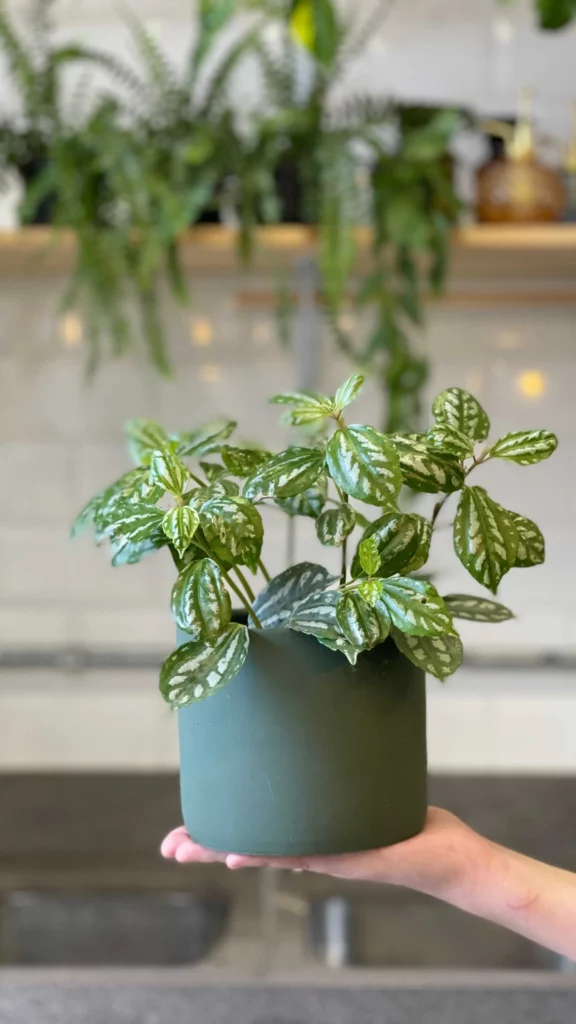

Proper potting is essential for the overall health and well-being of your Pilea. When potting your Pilea, there are a few important factors to consider:
No products found.
Choosing the Right Potting Soil
Select a well-draining potting soil specifically formulated for houseplants. Avoid using garden soil, as it can be too heavy and retain too much moisture, leading to root rot. Look for potting soil that contains peat moss, perlite, or vermiculite, as these ingredients promote good drainage.
Providing a Pot with Drainage Holes
It’s crucial to use a pot with drainage holes at the bottom. This allows excess water to escape, preventing water from pooling and causing root rot. Ensure that the drainage holes are not blocked by rocks or any other materials, as this can hamper proper drainage.
Repotting Your Pilea
It’s recommended to repot your Pilea every 12-18 months or when it outgrows its current pot. To determine if your Pilea needs repotting, check if the roots are tightly packed and circling around the bottom of the pot. When repotting, choose a pot that is 1-2 inches larger in diameter than the current one to allow for growth.
However, avoid selecting a pot that is excessively large, as it can lead to overwatering. As Pileas prefer slightly snug conditions, choosing a pot that is only slightly larger will help maintain a healthy moisture balance.
When repotting, gently loosen the root ball and place the Pilea in the new pot, ensuring the plant is centered. Fill the gaps with fresh potting soil, gently firming it around the roots. Water the plant thoroughly after repotting to help settle the soil.
Here’s an example of a potting table to help you visualize the process:
| Materials | Instructions |
|---|---|
| Pilea plant | 1. Carefully remove the Pilea from its current pot. |
| Potting soil | 2. Prepare the new pot with fresh potting soil. |
| Pot with drainage holes | 3. Place the Pilea in the new pot, ensuring it is centered. |
| Water | 4. Gently fill any gaps with potting soil and firm it around the roots. |
| 5. Water the plant thoroughly to help settle the soil. |
Propagating Your Pilea
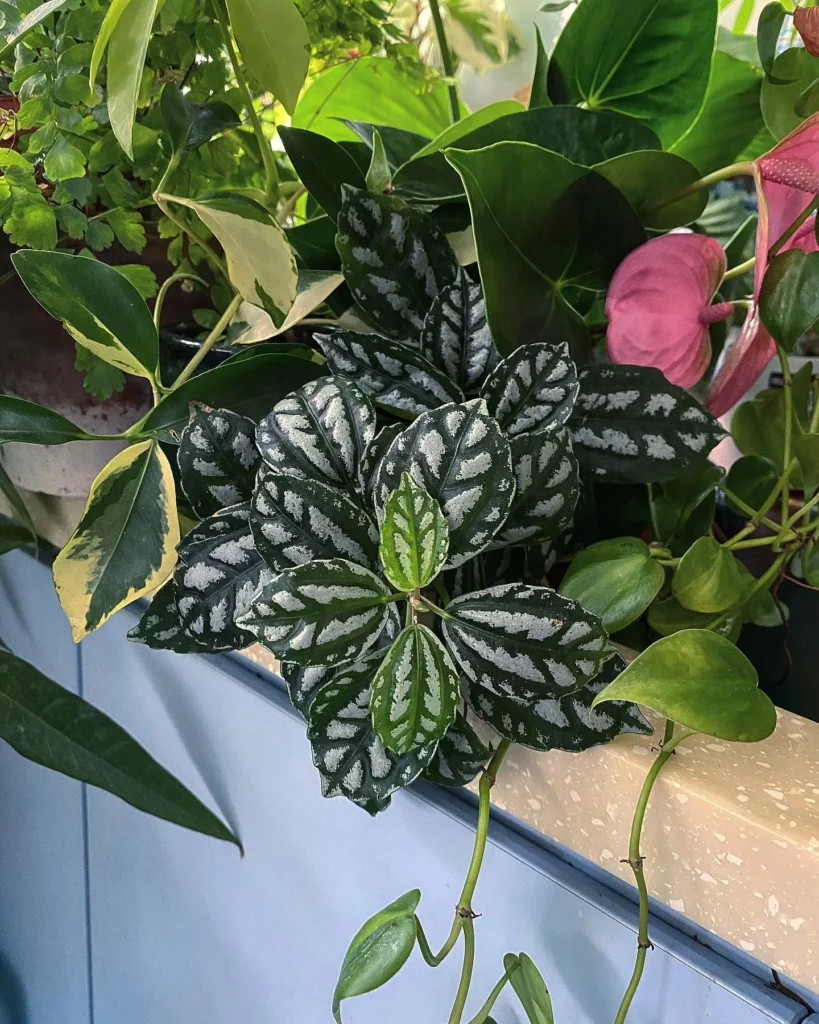
One of the unique features of Pilea plants is their ability to produce baby plants, also known as “pups.” These pups can be propagated to grow new Pilea plants. To propagate your Pilea, follow these simple steps:
- Locate a healthy stem with a pup attached to the mother plant.
- Using a clean and sharp knife, carefully cut the pup free from the mother plant. Be sure to make a clean cut to avoid damaging the pup.
- Prepare a new pot with moist potting soil or fill a container with water.
- If using soil, gently insert the cut end of the pup into the soil, ensuring it is securely planted.
- If using water, place the cut end of the pup in the water, ensuring that the stem is submerged.
- Place the new pot or container in a warm and bright location, but away from direct sunlight.
- Monitor the soil or water moisture, ensuring it remains consistently moist but not waterlogged.
- After a few weeks, you should start seeing roots emerging from the cut end of the pup.
- Once the roots have grown to a sufficient length, you can carefully transplant the pup into a small pot filled with well-draining potting soil.
Growth and Development of Pilea
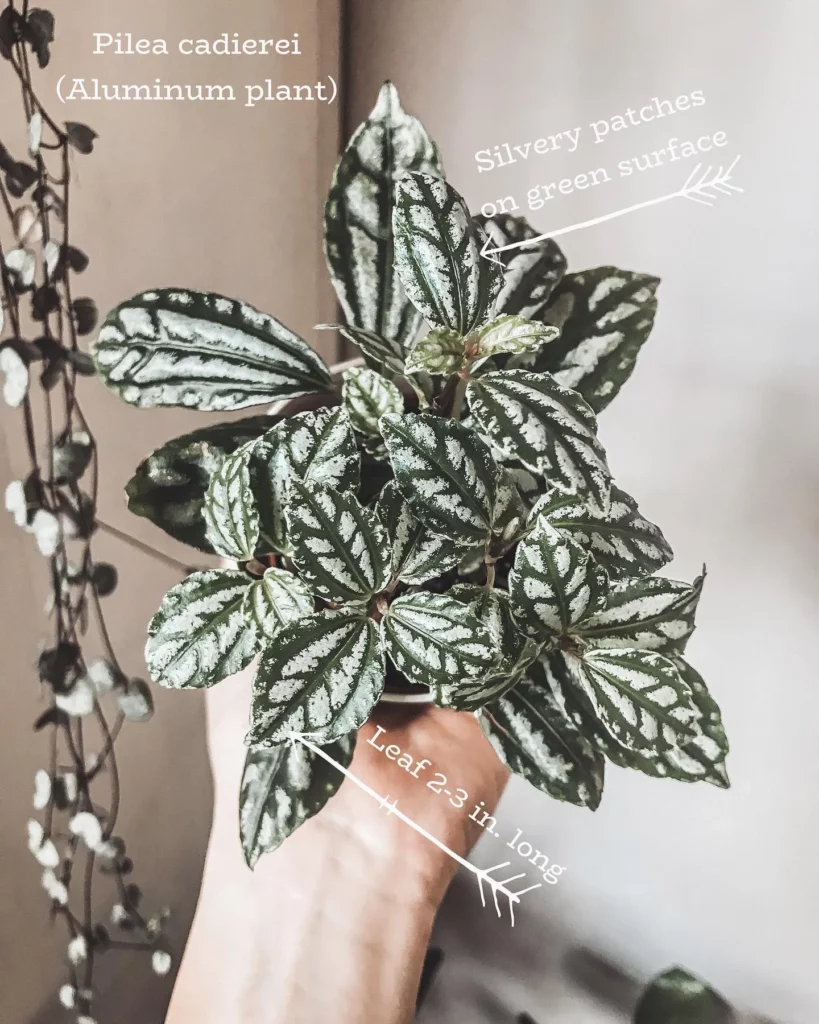

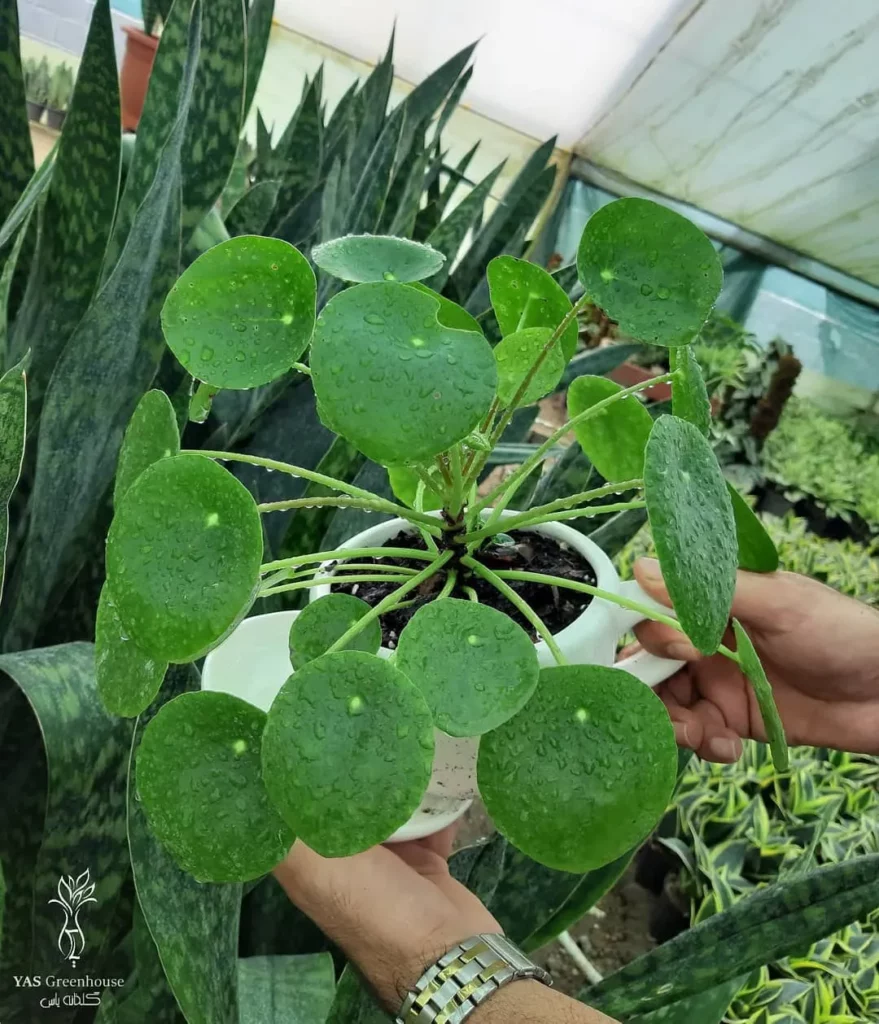
With proper care, your Pilea plants will experience rapid growth and development. By following these essential tips, you can ensure that your Pilea thrives and remains visually appealing.
1. Regular Watering
Watering your Pilea consistently is crucial for its growth. Ensure that the top inch of the soil feels dry before watering it. Overwatering can lead to root rot, so it’s important to allow the soil to dry out between waterings. Adjust your watering frequency based on the temperature and humidity levels in your home.
2. Adequate Lighting
Pilea plants require bright, indirect sunlight to grow properly. Place your plant near a northern-facing window or in a spot with reflected sunlight. Avoid exposing it to direct sunlight, as it can damage the leaves. Providing the right lighting conditions will contribute to the healthy growth of your Pilea.
3. Appropriate Fertilization
Fertilizing your Pilea during the growing season will provide it with essential nutrients for optimal development. Use an organic houseplant fertilizer and follow the instructions on the packaging for dilution and frequency. Be careful not to over-fertilize, as this can harm the plant. Fertilize once a month to support healthy growth.
4. Pruning and Maintenance
Regularly monitor the overall health of your Pilea and prune it when necessary. This helps maintain its shape and promotes new growth. Remove any yellow or damaged leaves to ensure the plant focuses its energy on healthy development. By consistently caring for your Pilea, you’ll enable it to grow vigorously.
| Key Factors for Growth and Development | Actions |
|---|---|
| Regular Watering | Water when the top inch of soil feels dry; avoid overwatering. |
| Adequate Lighting | Place near a northern-facing window or in a spot with reflected sunlight. |
| Appropriate Fertilization | Use organic houseplant fertilizer during the growing season. |
| Pruning and Maintenance | Monitor the plant’s health, prune when necessary, and remove yellow or damaged leaves. |
Managing Pests and Diseases

While caring for your Pilea, it’s important to be aware of potential pests and diseases that can affect its health. Common pests that can infest your Pilea include spider mites, mealybugs, and aphids. Regularly inspect your plant for any signs of infestation, such as webbing, sticky residue, or tiny insects.
If you notice any of these pests, don’t worry! There are effective organic pest control methods you can use to protect your Pilea. One option is to make a simple mixture of water and mild dish soap, and gently wipe down the leaves and stems of the plant. Alternatively, you can find insecticidal soap specifically formulated for houseplants, which can be effective in eliminating pests.
In addition to pests, it’s crucial to monitor the health of your Pilea to prevent and address any potential diseases. Root rot and leaf spot are common diseases that can affect Pilea plants. To prevent root rot, ensure that your plant is potted in well-draining soil and that the pot has drainage holes. Avoid overwatering and allow the soil to dry out between waterings. If you notice any signs of leaf spot, such as brown or black spots on the leaves, remove the affected foliage and ensure good air circulation around the plant.
FAQ
What is Pilea?
Pilea, also known as the Chinese money plant or UFO plant, is a popular and visually appealing houseplant with bright green pad-like foliage that resembles flying saucers.
Where should I place my Pilea?
Place your Pilea in a location that receives bright, indirect sunlight, such as a northern-facing window sill or a spot with reflected sunlight.
How often should I water my Pilea?
Water your Pilea when the top inch of the soil feels dry to the touch. Avoid overwatering and let the soil dry out between waterings, adjusting the frequency based on temperature and humidity levels.
When should I fertilize my Pilea?
Fertilize your Pilea during the growing season, typically in spring and summer, using an organic houseplant fertilizer. Follow the instructions on the packaging and fertilize once a month to provide necessary nutrients without over-fertilizing.
What type of potting soil should I use for my Pilea?
Use well-draining potting soil for your Pilea and choose a pot with drainage holes to prevent water pooling. Repot every 12-18 months or when the plant outgrows its current pot.
How can I propagate my Pilea?
To propagate your Pilea, carefully cut a pup (baby plant) from the mother plant using a clean, sharp knife. Pot the pup in moist soil or place it in water until roots form, then replant in a small pot.
How can I ensure the growth and development of my Pilea?
Regularly water, provide adequate lighting, and fertilize your Pilea to promote healthy growth. Maintain a consistent care routine, prune when necessary, and monitor the plant’s overall health for optimal development.
What pests and diseases should I watch out for with my Pilea?
Common pests that can affect Pilea include spider mites, mealybugs, and aphids. Inspect your plant regularly for signs of infestation and treat them with organic pest control methods or insecticidal soap. Monitor the plant for potential diseases like root rot or leaf spot.





